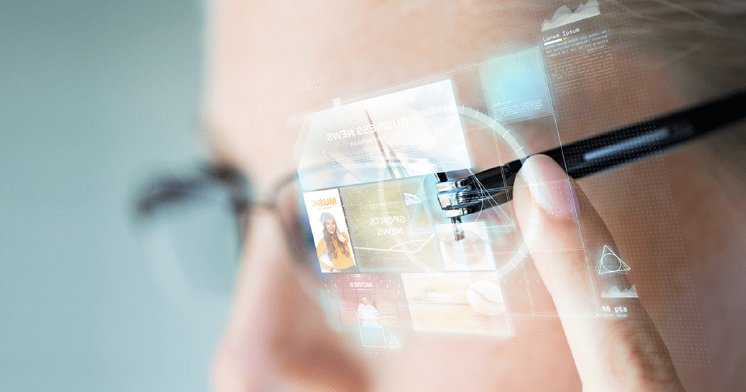Gartner recently published their 2018 Hype Cycle for Emerging Technologies, which you can see here. (For those not familiar with this type of report, here is a good tutorial on how to understand Gartner’s Hype Cycle methodology.) Take a close look at the technology that is ahead of the pack, ready to enter the “Slope of Enlightenment” – it is Augmented Reality!
In Gartner’s words, the Slope of Enlightenment is a phase whereby technology is increasingly being adopted and more widely understood. Second- and third-generation products are now appearing from technology providers. Technology at this point of maturity is set to go mainstream. For Augmented Reality, Gartner has put a timeframe of between 5-10 years when it will have achieved mass adoption.
What is Leading the Adoption of Augmented Reality?
As is typical with most technology life cycles, early adoption doesn’t tend to be driven by an expected Return on Investment. With Augmented Reality, one of the first widespread usages was the game Pokémon GO. This was an early AR mobile application first released in July 2016 (source). What is notable is on the day it was released the game was downloaded 10 million times; by the end of July, the game exceeded 100 million downloads worldwide!
With such a huge and instant success, AR was recognized as a viable new technology. Since that time, it has only improved with regards to the quality of imagery and how well it can be applied to different use cases.
Michael Porter, a University Professor at Harvard best known for his insightful theories on economics, business strategy, and social causes, wrote an interesting article in the Harvard Business Review where he challenged that every organization now needs an Augmented Reality strategy.
In the article, he states “Though still in its infancy, AR is poised to enter the mainstream; according to one estimate, spending on AR technology will hit $60 billion in 2020. AR will affect companies in every industry and many other types of organizations, from universities to social enterprises. In the coming months and years, it will transform how we learn, make decisions, and interact with the physical world.”
Given his credentials, insights and high intellectual attainment, I am inclined to agree. In the article, he goes on to explain the crux of why this transition is occurring – AR offers an ideal interface to collect, analyze and process all the vast amount of information being collected in our digital world. We, as humans, can’t possibly absorb or make sense of 5 quintillion bytes of data. But AR can, and it can graphically display this information in a meaningful way through images and content displayed where, when and how we need it to make better, more intelligent decisions. This is the business value of AR.
Three Ways AR Delivers Business Value
Based on Mr. Porter’s article and observations, there are three capabilities AR delivers. When combined, they provide a good description of the business value companies will soon come to expect. This will then lead to wider and wider adoption as we enter the Slope of Enlightenment, as defined by Gartner.
1. Visualize – An AR application offers a unique approach to overlay imagery in a specific location for greater contextualization of data than was ever possible. In the same way that an image is worth 1,000 words, so too is a visualization. By providing sufficient detail on how to perform an action, an image can then lead to far more effective knowledge transfer.
2. Instruct and Guide – With a great 3D visual representation, the next most important value of AR is how it can provide guidance through real-time, step-by-step instructions, such as with product assembly, equipment maintenance or process improvement within an industrial environment. Imagine being taught a complex assembly process through visual aids that are perfectly aligned to the physical equipment right in front of you – the value of this guidance is significant, giving you a personal tutor on how to complete any task.
3. Interact – The third value AR can provide is the ability to transmit the real-time images that an on-site user sees to a remote expert, who can then further assist. This is quite profound, in that remote support can now be delivered on a global scale. Similarly, a supervisor could walk through a factory, view all work-in-process through an AR headset, and then perform adjustments or provide recommendation all through the use of hand gestures or voice commands.
As we Approach 2020, This Vision Will Become Crystal Clear
Next year marks the start of a new decade, so expect to see the pundits and forecasters unleash a high volume of predictions and prognostications. Don’t hold your breath to take an autonomous flying vehicle ride quite yet, but in the field of AR, the future is now. AR is poised to become a game changer, heralding in a new methodology of processing all the data we have been aggressively collecting over the past few years. Now is the time to be “all in” with embracing this technology wherever possible to then be best positioned to continue future growth and productivity improvements as we enter the 2020s.
See how AR can now be used today on a production line with Critical Manufacturing’s MES v7, which has embedded capabilities that can deliver each of the three above referenced sources of business value.

